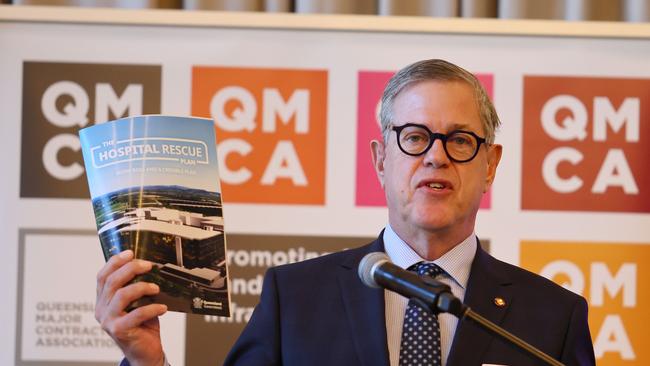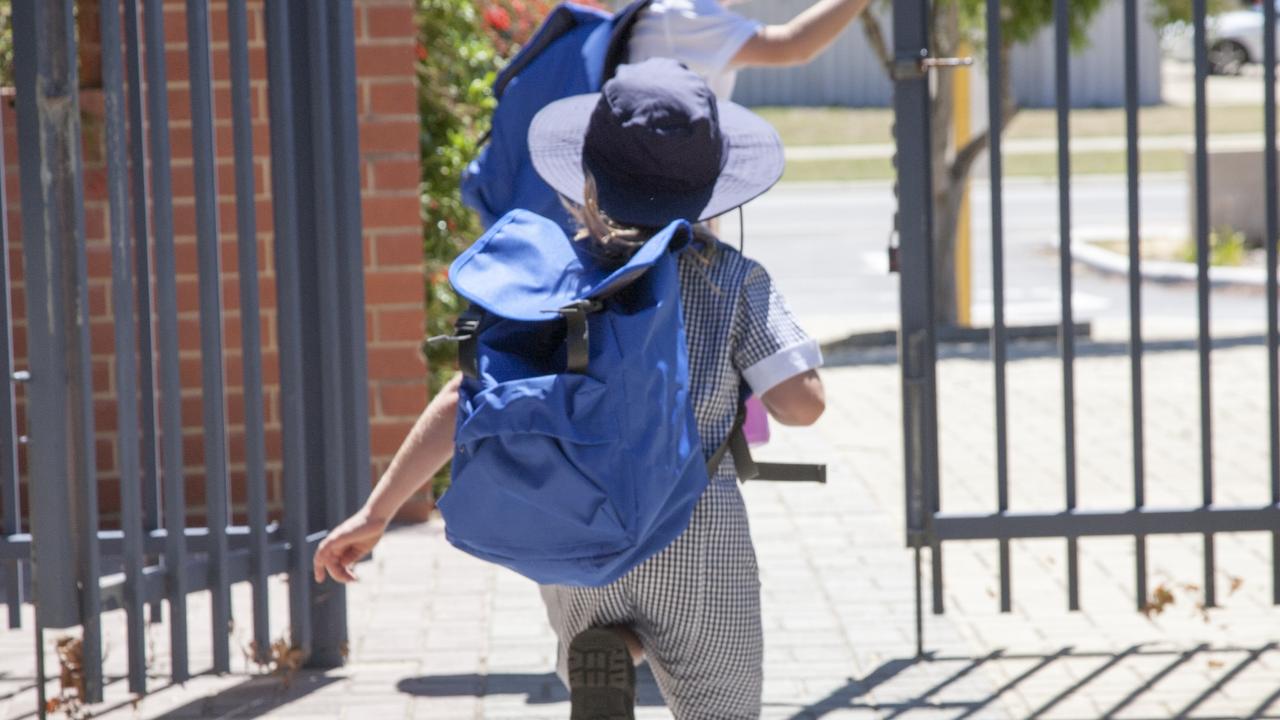Editor’s view: Hospital ‘rescue’ not an easy task
What was triumphantly described by Labor in 2022 as the “biggest expansion program ever seen in a state budget” has been exposed as one of the state’s biggest lies, writes The Editor.

Opinion
Don't miss out on the headlines from Opinion. Followed categories will be added to My News.
The just-released review of the previous Labor government’s $9.8bn health infrastructure plan reveals a truly extraordinary failure of public administration.
Review author and hospital infrastructure specialist Sam Sangster found that 14 of the 15 public hospital projects announced by the previous Labor government were “undeliverable”. He found every project was underfunded and delayed – some by more than three years – and that costs had blown, to more than double on some projects. Most damningly, “many … are not clinically fit for the services that they’re trying to actually feed”.
The new Crisafulli government estimates that Labor’s hospital build plan, announced in June 2022, would now cost $17bn to deliver – not much less than double.
In short, what was triumphantly described by Labor at the time as the “biggest expansion program ever seen in a state budget” has been exposed as one of the state’s biggest lies – with blown-out costs and unknown completion dates for infrastructure not fit for purpose.
Predictably, Labor says it is all nonsense. Its health spokesman Mark Bailey insists: “These hospital expansions were based on many years of planning work, including more than 30 business cases and project validation reports flowing from years of expert advice.”
The problem is that if that is the case, it makes the review’s findings even more damning. Because it means the process itself has failed. According to Labor, we have ended up with this mess after years of planning – not because it was all just made up for a political distraction.
Cue the new LNP government, which has – just as predictably – said it has the answer via a new “Hospital Rescue Plan”.

Health Minister Tim Nicholls described his plan as “an investment in the future, with clinicians given the resources they need to do their jobs effectively and Queenslanders access to health services when they need them”.
But what is missing are costings and detail of how the government will deliver its “rescue”.
The previous Labor government had a ready list of excuses to explain the delays and cost overruns of not only its hospital projects but also its other big public works schemes, such as Cross River Rail. These excuses included – but were not limited to – Covid-related supply chain problems and the Ukraine war, labour shortages and weather.
Queenslanders will not want to hear yet more excuses from the people they have trusted to run the joint. And perhaps the biggest challenge ahead for Minister Nicholls will be making sure the government’s internal processes are working properly – because, on the evidence of this Sangster review, they clearly have not been.
What went wrong? Was it bureaucrats making decisions either to please their political masters, or keep them in the dark about unpleasant facts? Was there a fear of offering frank and fearless advice? Or, was it, as seems far more likely, ministers and a premier demanding “announceables” rather than achievable outcomes.
According to Infrastructure Partnerships Australia, it was mainly the latter. It has labelled Labor’s hospital plan “little more than a mirage of media releases”.
Whatever the history, Premier David Crisafulli and his senior ministers now face a huge task.
Queensland clearly needs lots of new health infrastructure. But planning it and then delivering it is getting ever more complicated, a task made more challenging by the fact we also have to simultaneously deliver venues and transport for the 2032 Olympics and Paralympics.
Bagging the previous mob is always a satisfying experience for any new government. But then comes the challenge of cleaning up the mess that was left behind.
Health Minister Nicholls vows he will “save” all 15 promised projects via the “largest investment in the state’s history”.
They are bold words, but he and his colleagues will need to be careful they do not set themselves the same trap that Labor did – that of promising the world and then not delivering.
Originally published as Editor’s view: Hospital ‘rescue’ not an easy task


